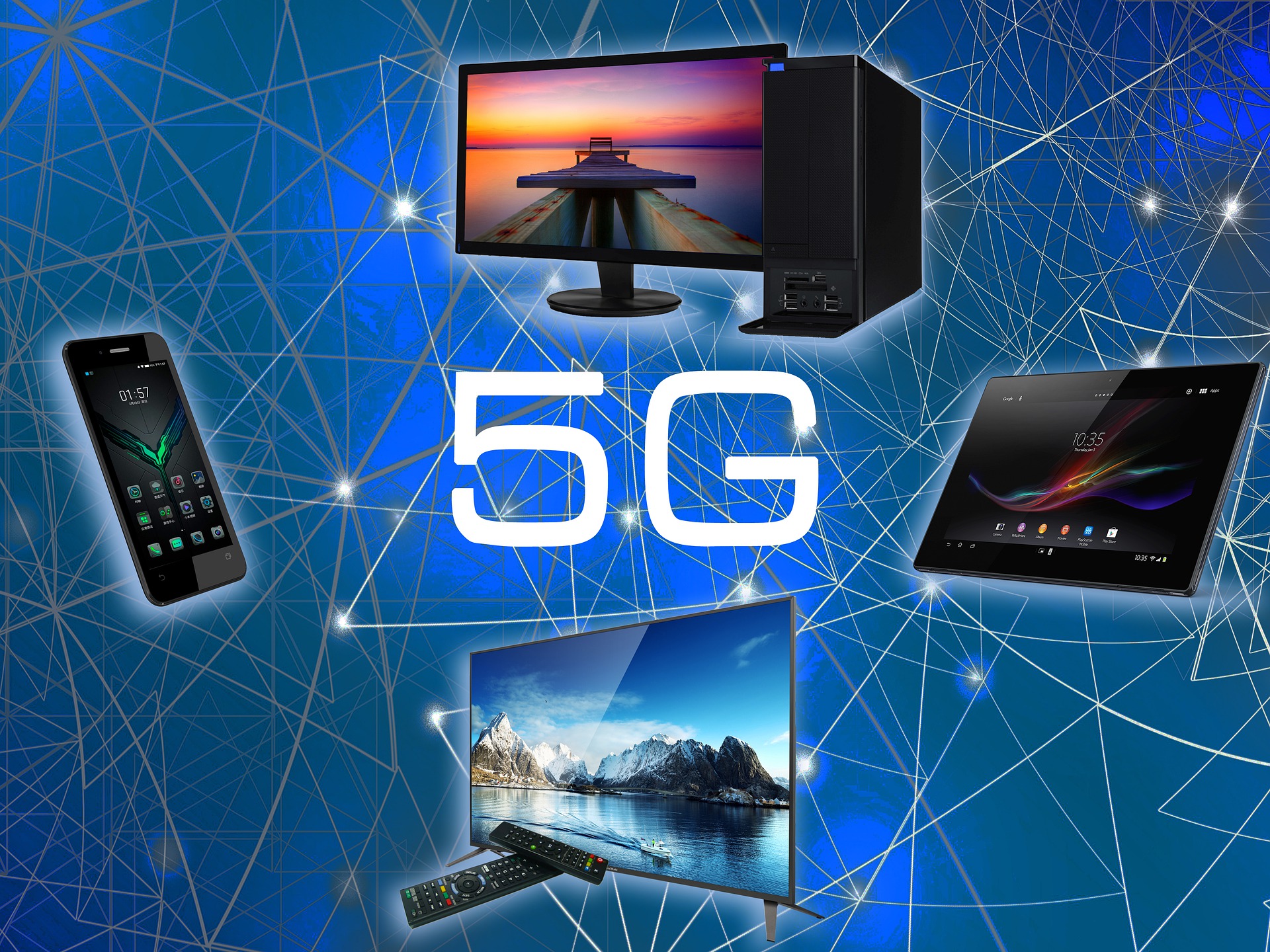The rollout of 5G technology has been a hot topic in recent years, with promises of faster speeds, lower latency, and greater connectivity. The technology has the potential to revolutionize not just the telecommunications industry, but also a wide range of other industries, including computer electronics.
One of the key benefits of 5G is its potential to dramatically improve the performance of mobile devices. With faster download and upload speeds, streaming high-quality video, gaming, and accessing cloud-based applications will become smoother and more efficient. This will not only improve the user experience but also enable new applications and services that were previously impossible due to bandwidth limitations.
Another potential benefit of 5G is its ability to enable the Internet of Things (IoT), where everyday devices such as home appliances, cars, and wearables are connected to the internet. With the lower latency and greater connectivity of 5G, it will become possible to have thousands of devices communicating in real-time, enabling new applications and services that are not feasible with current technology.
However, the rollout of 5G also comes with its challenges. One major challenge is the infrastructure required to support 5G. Unlike previous generations of wireless technology, 5G requires a denser network of small cells to support the higher frequencies used by the technology. This means that wireless carriers will need to invest heavily in infrastructure to provide widespread coverage.
Another challenge is the potential for 5G to exacerbate the digital divide. While 5G has the potential to provide high-speed internet to areas that previously lacked access, it also requires significant investment in infrastructure. This could result in a situation where only affluent urban areas have access to 5G, while rural and low-income communities are left behind.









